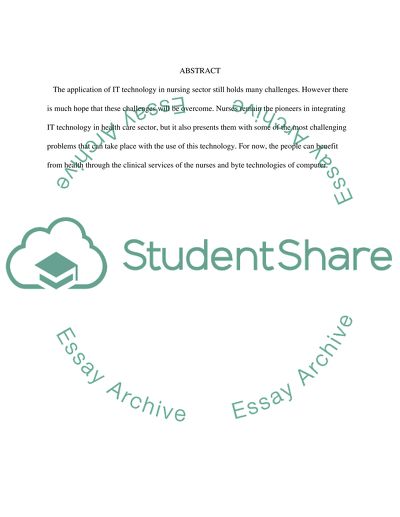Cite this document
(“Data use in clinical and administrative decision making in health care Literature review”, n.d.)
Retrieved from https://studentshare.org/gender-sexual-studies/1413382-data-use-in-clinical-and-administrative-decision
Retrieved from https://studentshare.org/gender-sexual-studies/1413382-data-use-in-clinical-and-administrative-decision
(Data Use in Clinical and Administrative Decision Making in Health Care Literature Review)
https://studentshare.org/gender-sexual-studies/1413382-data-use-in-clinical-and-administrative-decision.
https://studentshare.org/gender-sexual-studies/1413382-data-use-in-clinical-and-administrative-decision.
“Data Use in Clinical and Administrative Decision Making in Health Care Literature Review”, n.d. https://studentshare.org/gender-sexual-studies/1413382-data-use-in-clinical-and-administrative-decision.


